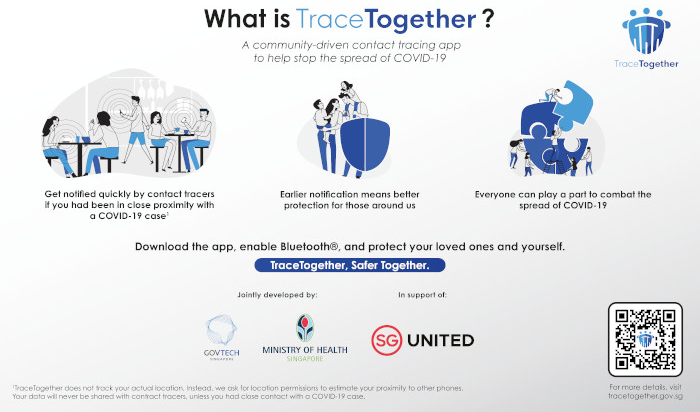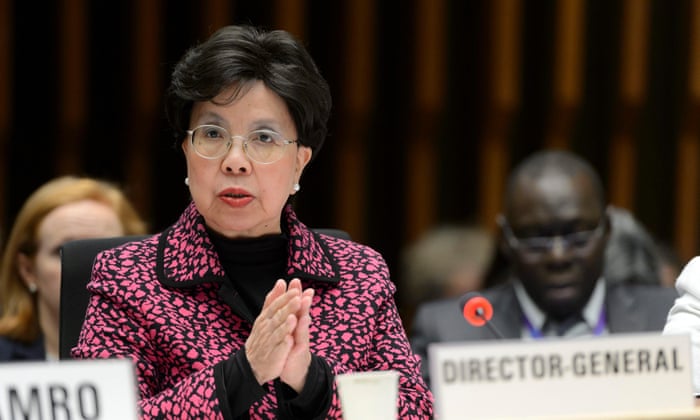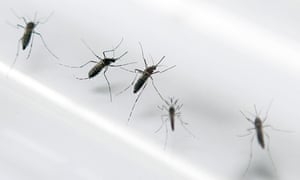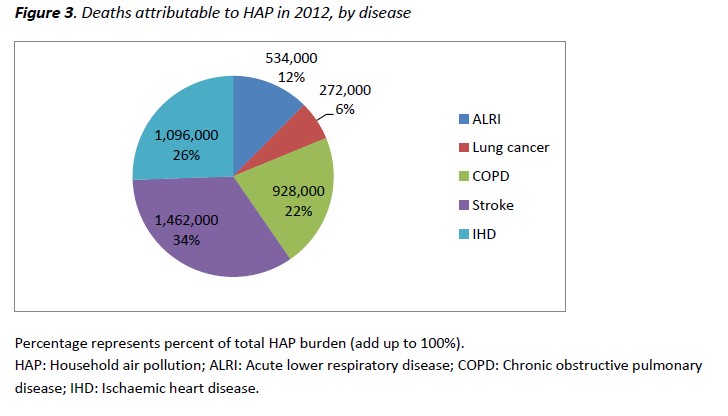Live healthy and long
 Repost from WHO World Cancer report
Repost from WHO World Cancer report
The WHO reports alarming increase of incidence of cancer. The report took 5 years to complete by 250 scientists. 8.2 million died of cancer in 2012. 1 out 5 men will have cancer before the age of 75. 1 out of 6 women will develop cancer. Lung, liver, stomach, colorectal and breast cancers cause the most cancer deaths each year. With this incidence, 22 million will die from cancer. 60% of the incidence of cancer occur in Africa, Asia, Central and South America. 30% of cancer is preventable.
The focus now is prevention rather than cure. (Often, even early detection does not cure cancer; cancer can be unstoppable once it gets into the patient)
Cancer can be caused by lifestyle, and cured by changing lifestyle.
Often caused by:
1. Tobacco,
2. Alcohol,
3. Obesity,
4. Viral infection as HPV.
5. lack of exercise;
6. Low input of vegetables and fruits
More on cancer from WHO cancer report:
Cancer
Fact sheet N°297
Updated February 2014
Key facts
- Cancers figure among the leading causes of death worldwide, accounting for 8.2 million deaths in 2012 (1).
- Lung, liver, stomach, colorectal and breast cancers cause the most cancer deaths each year.
- The most frequent types of cancer differ between men and women.
- About 30% of cancer deaths are due to the five leading behavioral
and dietary risks: high body mass index, low fruit and vegetable
intake, lack of physical activity, tobacco use, alcohol use.
- Tobacco use is the most important risk factor for cancer causing
over 20% of global cancer deaths and about 70% of global lung cancer
deaths.
- Cancer causing viral infections such as HBV/HCV and HPV are
responsible for up to 20% of cancer deaths in low- and middle-income
countries (2).
- More than 60% of world’s total new annual cases occur in Africa,
Asia and Central and South America. These regions account for 70% of the
world’s cancer deaths (1).
- It is expected that annual cancer cases will rise from 14 million in 2012 to 22 within the next two decades (1).
Cancer is a generic term for a large group of diseases that
can affect any part of the body. Other terms used are malignant tumours
and neoplasms. One defining feature of cancer is the rapid creation of
abnormal cells that grow beyond their usual boundaries, and which can
then invade adjoining parts of the body and spread to other organs. This
process is referred to as metastasis. Metastases are the major cause of
death from cancer.
The problem
Cancer is a leading cause of death worldwide, accounting for 8.2 million deaths in 2012 (1). The main types of cancer are:
- lung (1.59 million deaths)
- liver (745 000 deaths)
- stomach (723 000 deaths)
- colorectal (694 000 deaths)
- breast (521 000 deaths)
- oesophageal cancer (400 000 deaths) (1).
What causes cancer?
Cancer arises from one single cell. The transformation from a
normal cell into a tumour cell is a multistage process, typically a
progression from a pre-cancerous lesion to malignant tumours. These
changes are the result of the interaction between a person's genetic
factors and three categories of external agents, including:
- physical carcinogens, such as ultraviolet and ionizing radiation;
- chemical carcinogens, such as asbestos, components of tobacco
smoke, aflatoxin (a food contaminant) and arsenic (a drinking water
contaminant); and
- biological carcinogens, such as infections from certain viruses, bacteria or parasites.
WHO, through its cancer research agency, International Agency
for Research on Cancer (IARC), maintains a classification of cancer
causing agents.
Ageing is another fundamental factor for the development of
cancer. The incidence of cancer rises dramatically with age, most likely
due to a build up of risks for specific cancers that increase with age.
The overall risk accumulation is combined with the tendency for
cellular repair mechanisms to be less effective as a person grows older.
Risk factors for cancers
Tobacco use, alcohol use, unhealthy diet and physical
inactivity are the main cancer risk factors worldwide. Chronic
infections from hepatitis B (HBV), hepatitis C virus (HCV) and some
types of Human Papilloma Virus (HPV) are leading risk factors for cancer
in low- and middle-income countries. Cervical cancer, which is caused
by HPV, is a leading cause of cancer death among women in low-income
countries.
How can the burden of cancer be reduced?
Knowledge about the causes of cancer, and interventions to
prevent and manage the disease is extensive. Cancer can be reduced and
controlled by implementing evidence-based strategies for cancer
prevention, early detection of cancer and management of patients with
cancer. Many cancers have a high chance of cure if detected early and
treated adequately.
Modifying and avoiding risk factors
More than 30% of cancer deaths could be prevented by modifying or avoiding key risk factors, including:
- tobacco use
- being overweight or obese
- unhealthy diet with low fruit and vegetable intake
- lack of physical activity
- alcohol use
- sexually transmitted HPV-infection
- urban air pollution
- indoor smoke from household use of solid fuels.
Tobacco use is the single most important risk factor for
cancer causing about 22% of global cancer deaths and about 71% of global
lung cancer deaths. In many low-income countries, up to 20% of cancer
deaths are due to infection by HBV and HPV.
Prevention strategies
- Increase avoidance of the risk factors listed above.
- Vaccinate against human papilloma virus (HPV) and hepatitis B virus (HBV).
- Control occupational hazards.
- Reduce exposure to sunlight.
Early detection
Cancer mortality can be reduced if cases are detected and treated early. There are two components of early detection efforts:
Early diagnosis
The awareness of early signs and symptoms (for cancer types
such as cervical, breast colorectal and oral) in order to get them
diagnosed and treated early before the disease becomes advanced. Early
diagnosis programmes are particularly relevant in low-resource settings
where the majority of patients are diagnosed in very late stages and
where there is no screening.
Screening
Screening is defined as the systematic application of a test
in an asymptomatic population. It aims to identify individuals with
abnormalities suggestive of a specific cancer or pre-cancer and refer
them promptly for diagnosis and treatment. Screening programmes are
especially effective for frequent cancer types for which a
cost-effective, affordable, acceptable and accessible screening test is
available to the majority of the population at risk.
Examples of screening methods are:
- visual inspection with acetic acid (VIA) for cervical cancer in low-resource settings;
- PAP test for cervical cancer in middle- and high-income settings;
- mammography screening for breast cancer in high-income settings.

































